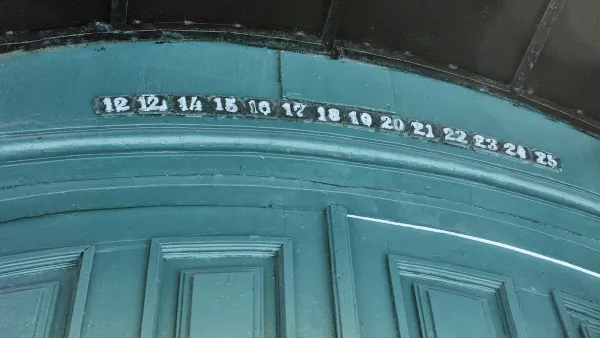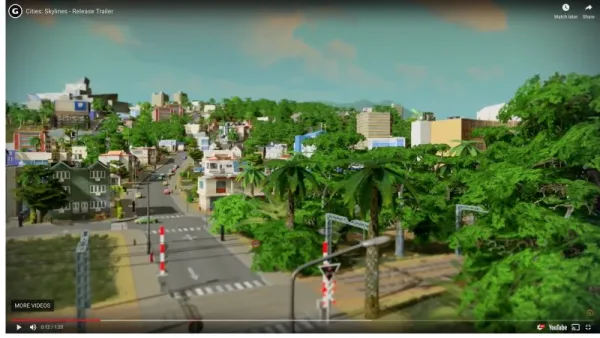Caeser Augustus famously boasted "I found Rome a city of bricks and left it a city of marble." An architectural historian and urban designer at UCLA now has the model to prove the veracity of the claim.
Stefanie Pietkiewicz provides the background on an ambitious project by Diane Favro, a professor of architecture and urban design at the University of California, Los Angeles.
"Favro decided to uncover the truth behind Augustus’ famous declaration by using advanced modeling software to reconstruct the city of seven hills in its entirety and observing how it changed during the period when he was in power."
"Many scholars have looked at Augustus’ claim from a political standpoint, as a metaphor for him transforming a republic into an empire," Favro explains in the article. "I wanted to see if Rome literally transformed under his rule."
The method behind Favro's work is worth noting for its connection to urban design practices. According to Pietkiewicz, "Favro recreated Augustan Rome algorithmically using a technique known as procedural modeling. Scholars have tended to study the transformation of individual buildings in Rome instead of focusing on the transformation of the city as a whole because they lack the data needed to do so. While procedural modeling 'has not been widely used as a tool to reconstruct ancient cities,' Favro said, it has been used by urban designers to create contemporary cities."
The final model, and the answer to the question at stake, is available for viewing on an ArcGIS City Engine Web Viewer. For more on Favro's work, also check out the Digital Karnak project, a website that details the political, religious and architectural history of one of the world's most expansive temple complexes in Egypt.
FULL STORY: From brick to marble: Did Augustus Caesar really transform Rome?

Analysis: Cybertruck Fatality Rate Far Exceeds That of Ford Pinto
The Tesla Cybertruck was recalled seven times last year.

National Parks Layoffs Will Cause Communities to Lose Billions
Thousands of essential park workers were laid off this week, just before the busy spring break season.

Retro-silient?: America’s First “Eco-burb,” The Woodlands Turns 50
A master-planned community north of Houston offers lessons on green infrastructure and resilient design, but falls short of its founder’s lofty affordability and walkability goals.

Test News Post 1
This is a summary

Analysis: Cybertruck Fatality Rate Far Exceeds That of Ford Pinto
The Tesla Cybertruck was recalled seven times last year.

Test News Headline 46
Test for the image on the front page.
Urban Design for Planners 1: Software Tools
This six-course series explores essential urban design concepts using open source software and equips planners with the tools they need to participate fully in the urban design process.
Planning for Universal Design
Learn the tools for implementing Universal Design in planning regulations.
EMC Planning Group, Inc.
Planetizen
Planetizen
Mpact (formerly Rail~Volution)
Great Falls Development Authority, Inc.
HUDs Office of Policy Development and Research
NYU Wagner Graduate School of Public Service




























